Ever get sunburned at the beach? I received an emergency text from a friend recently. She got badly sunburned, even though she wore sunscreen. Problem was, she spent several hours swimming in the ocean but didn’t re-apply. She was also in the Caribbean, where the sun’s rays are more powerful (it’s closer to the equator).
Sunscreen needs to be re-applied, especially if you’re in water. Contrary to popular belief, there is no such thing as waterproof sunscreen. If fact, in 2012 the FDA banned the word ‘waterproof’ from being used on a product label.
Sunscreen can only be water-resistant. And it’s only water-resistant for either 40 minutes or 80 minutes.
To prevent SUNBURN, you need to:
1. Wear the right sunscreen. The most protective kind is a mineral sunscreen (Zinc Oxide or Titanium Dioxide).
2. Use enough sunscreen. 1 ounce for the body. That’s about 1 shot glass or 1 ping pong ball. And 1 teaspoon for the face.
3. Re-apply at least every 2 hours. 40 or 80 minutes if in water. Check your sunscreen’s label to see how long the water resistance lasts.
And even if you take all these precautions, you could still get burned if:
- the sun is intense
- you are at a high elevation
- you are close to the equator
- you have very fair skin.
Take cover in a shady spot from time to time. Or wear UPF clothing that covers your arms and legs. Your skin will be grateful for the rest.
Related Articles:


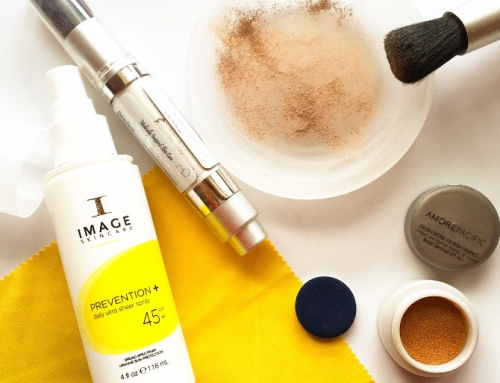
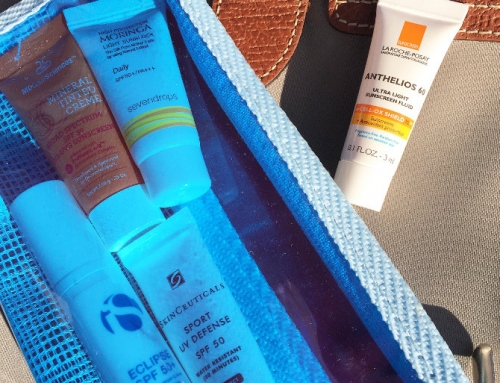
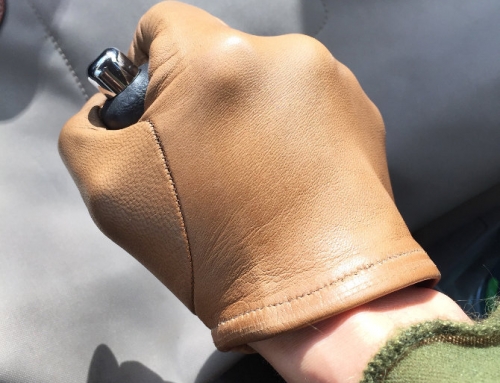
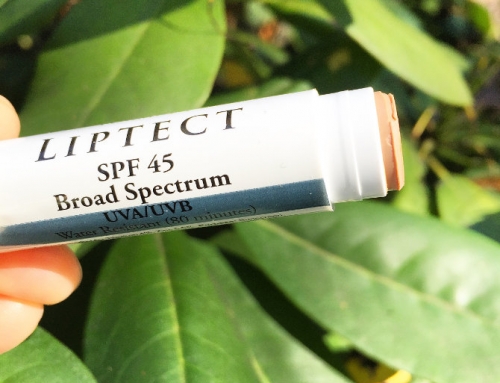
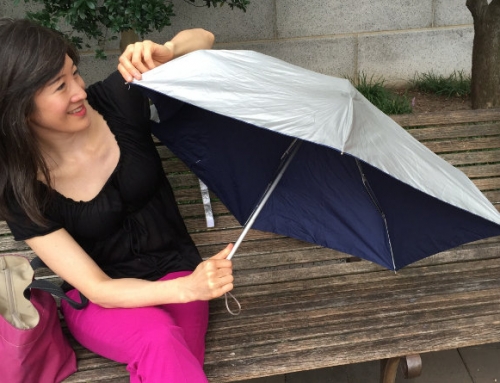
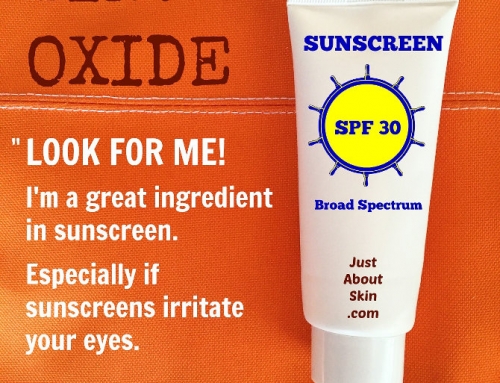
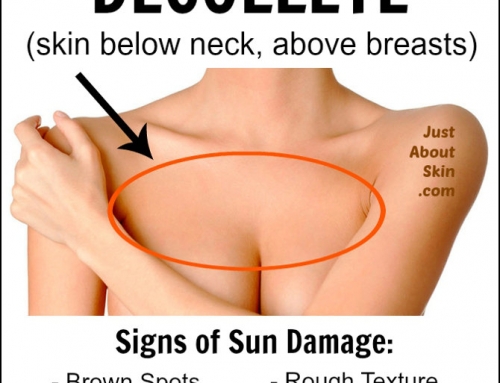
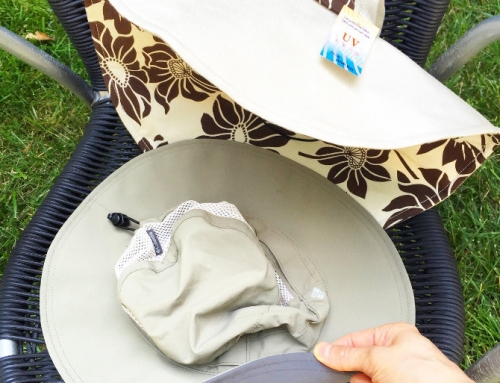
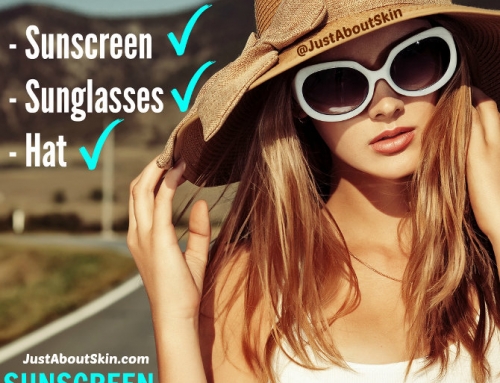

Thanks. Great article on sunscreen and why we need it. I’m in Australia, nearing top part so getting close to the equator. We don’t use PPD here though. Never seen that in use here. We use Broad Spectrum and sunscreen must have it and to meet criteria UVA is to be at least 1/3, but can be more. I wish it was more stated so we know but at least sunscreen here must have UVA protection. Also our water resistant here if it says 2 or 4 hours must still meet sun protection after stated hours.
I wish I liked Zinc (which is unlimited here by regulation I believe though haven’t seen it higher than 25% I don’t think). But I’m yet to find one with higher SPF that isn’t white (even nano) and looks cosmetically nice. I’m not sensitive though to any chemical sunscreen so use them daily. But I did want to ask. Does nano physical sunscreens act similar to chemical in that they absorb rather than scatter? I think that’s what I read you wrote.
I know what you mean, it’s challenging finding a zinc sunscreen that looks and feel good! Yes, nano physical sunscreens absorb UV light rather than scatter it like a non-nano physical sunscreen.
Thanks for your reply I will keep searching for zinc sunscreen that feels good but for now stay with the chemical uv filters which work well. The most important thing is to wear one that works for oneself!
Hi Rita! I always revisit your site when I’m looking for a new skincare product, and I’ve been bad about sunscreen for quite awhile…what I’ve been coming across, though, is a lot of controversy with a few chemical ingredients, primarily octylmethoxycinnamate/octinoxate and its hormonal disregulatory properties (I believe?). Even a lot of the professional lines have products containing this (and/or oxybenzone). So, question being: is it something I should avoid, or is it acceptable to compromise on? I’d truly rather search for a holy grail zinc oxide, but with super oily, acneic skin, I may “have” to succumb to a chemical sunscreen – I just can’t seem to find an ingredient combo that doesn’t contain something controversial and potentially harmful (disregarding the nanopartical back-and-forth). Would you mind sharing your thoughts?
Hi Ali, thank you for visiting my site! There is a lot of controversy around some sunscreen ingredients. Unfortunately, there is a lot of misinformation about them too that raises false concerns.
The claim that Octinoxate, the most common sunscreen ingredient, has estrogenic effects and therefore causes cancer is untrue. There is no study that proves Octinoxate causes cancer in humans. Same thing with Oxybenzone; no studies have shown significant hormone disruptive effects in humans. (And by the way, many plants that we consume as food have phytoestrogen chemicals that have mild estrogenic effects.)
Toxicity studies are often taken out of context. In toxicity studies, chemicals are administered in intentionally very high doses – high enough to cause death or harm to the animals (that is the point of determining toxicity). Sometimes, people or industry groups, such as the EWG, draw erroneous conclusions from these studies. For example, these studies cannot be used to conclude that Octinoxate or Oxybenzone in the amounts used in sunscreen (much, much lower than the doses used in toxicity studies) are absorbed systemically in the body and cause cancer in *humans* (as opposed to the lab mice or cell cultures used in these studies).
I understand your challenge with finding a good sunscreen for oily, acneic skin! I personally believe there is no healthy safety reason to avoid these particular sunscreen ingredients, and I don’t think twice about using them.
However, there is the issue that some of them (e.g. Octinoxate, Avobenzone, the benzophenones such as Oxybenzone) can cause irritation in the skin or eyes. My eyes get irritated from Avobenzone, which is why I don’t use it on my face. But I do use it on my neck and body.
That said, the skincare industry is trying very hard to get more sunscreen ingredients approved by the FDA so that they have more choice (it’s rather limited) and can move away from potential issues like these. But we (the U.S.) are in the very unfortunate position of having a VERY, VERY SLOW regulatory approval process for new sunscreen ingredients, some of which are already available in Europe and Asia.
By the way, have you ever tried any Japanese or Korean sunscreens? They are much nicer for oily skin. The textures are lighter and more cosmetically elegant, so they feel more tolerable in humid weather. Look on Asian beauty sites, which offer more choice and lower prices than U.S. beauty sites. Jolse.com and Imomoko.com are just one of many! There are many sunscreen choices, you won’t go too wrong with any of them. Don’t choose the highest SPF (no more than SPF 30) because they are usually heavier and thicker.
Oh Rita, THANK YOU! I’ve heard amazing things about the Biore Watery Essence sunscreen, but given the chemical makeup and the controversies, I wasn’t sure about taking the plunge. I think I’ll give that and the MD Solar Sciences physical ones a try and see which one my skin likes better. I know I’ve had issues with the stinging in the past, but never paid attention to *why* sunscreen always stung, so hopefully I’ll figure out what’s what! 🙂 And good to know about the SPF limit. Again, can’t thank you enough.
You’re very welcome Ali! I hope one of those sunscreens you try will work out for you. Glad you will have more peace of mind when you are shopping for sunscreens 🙂